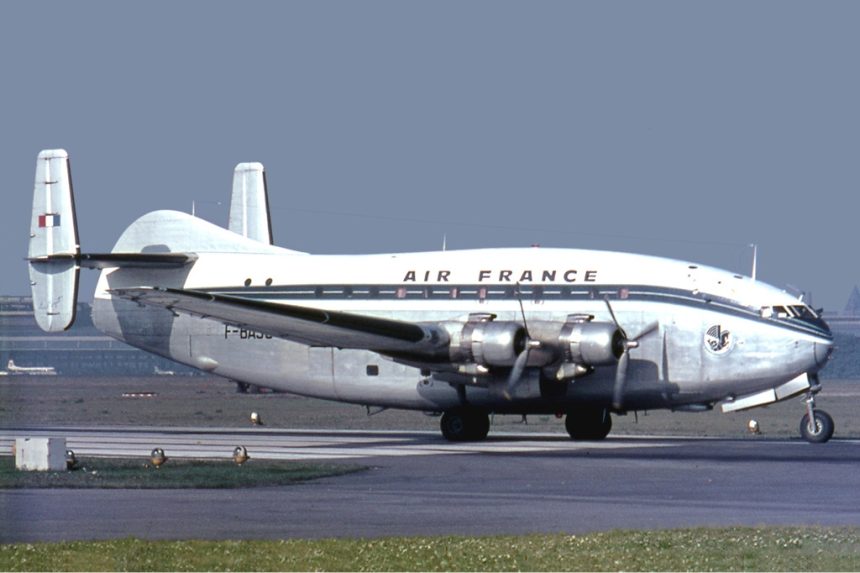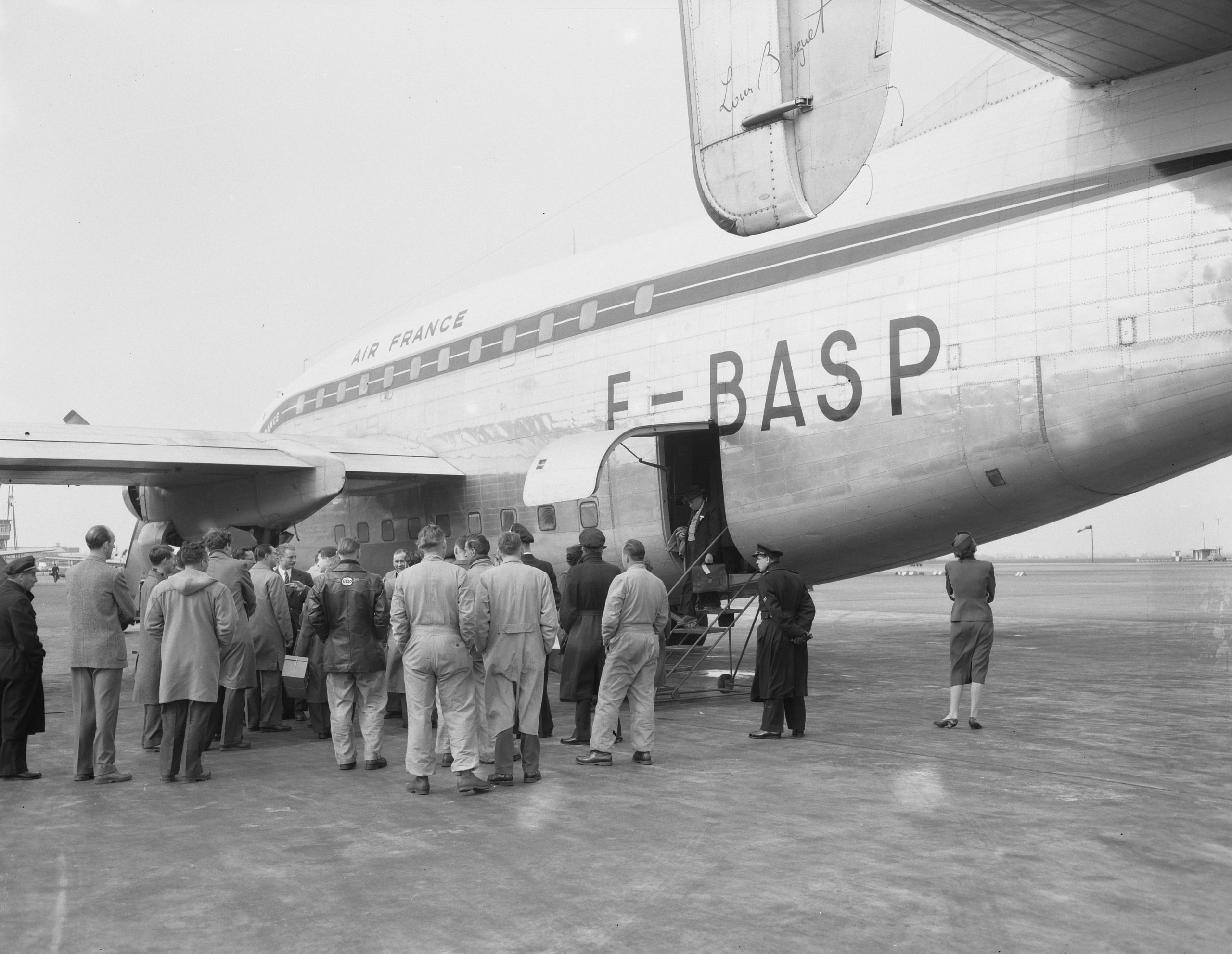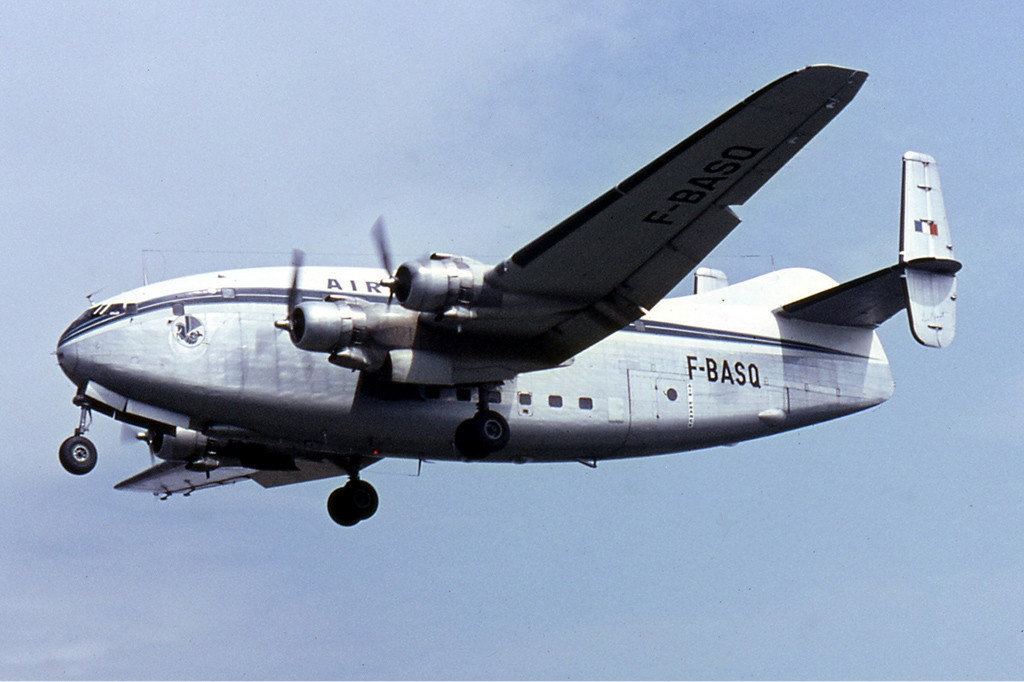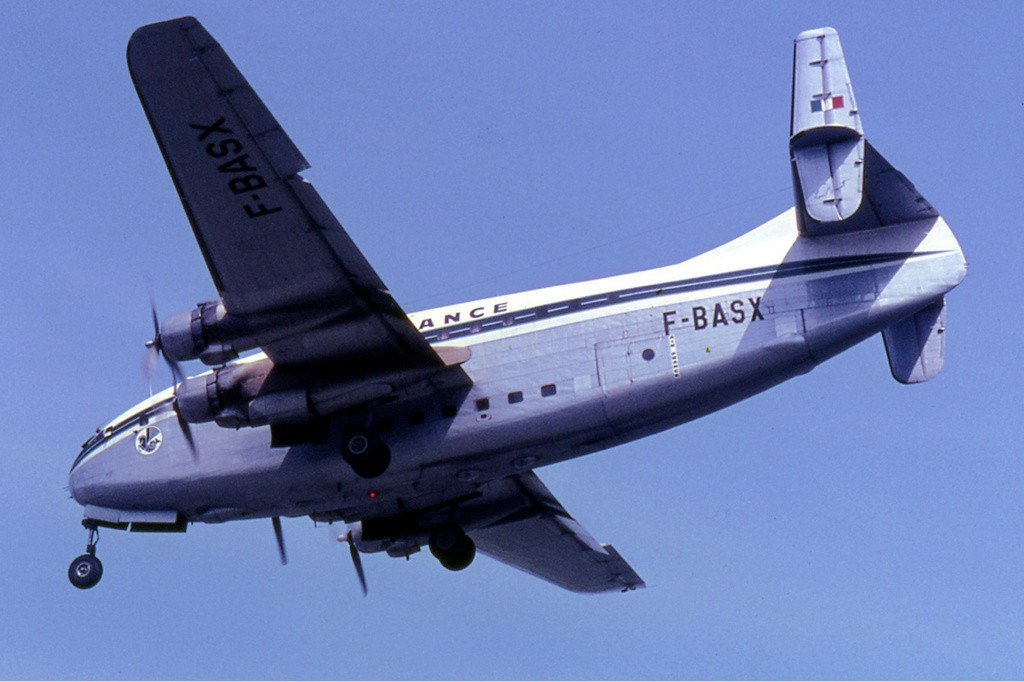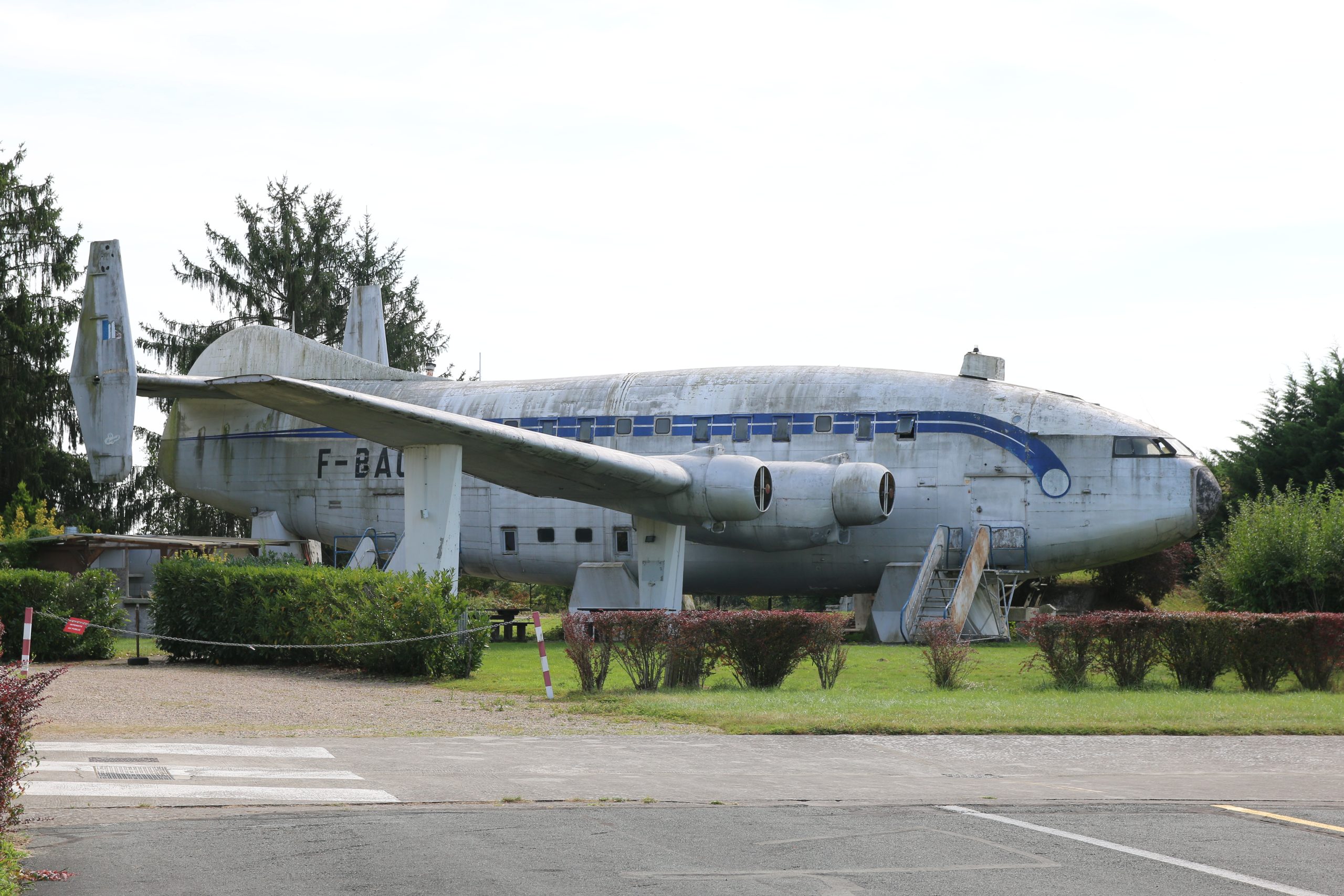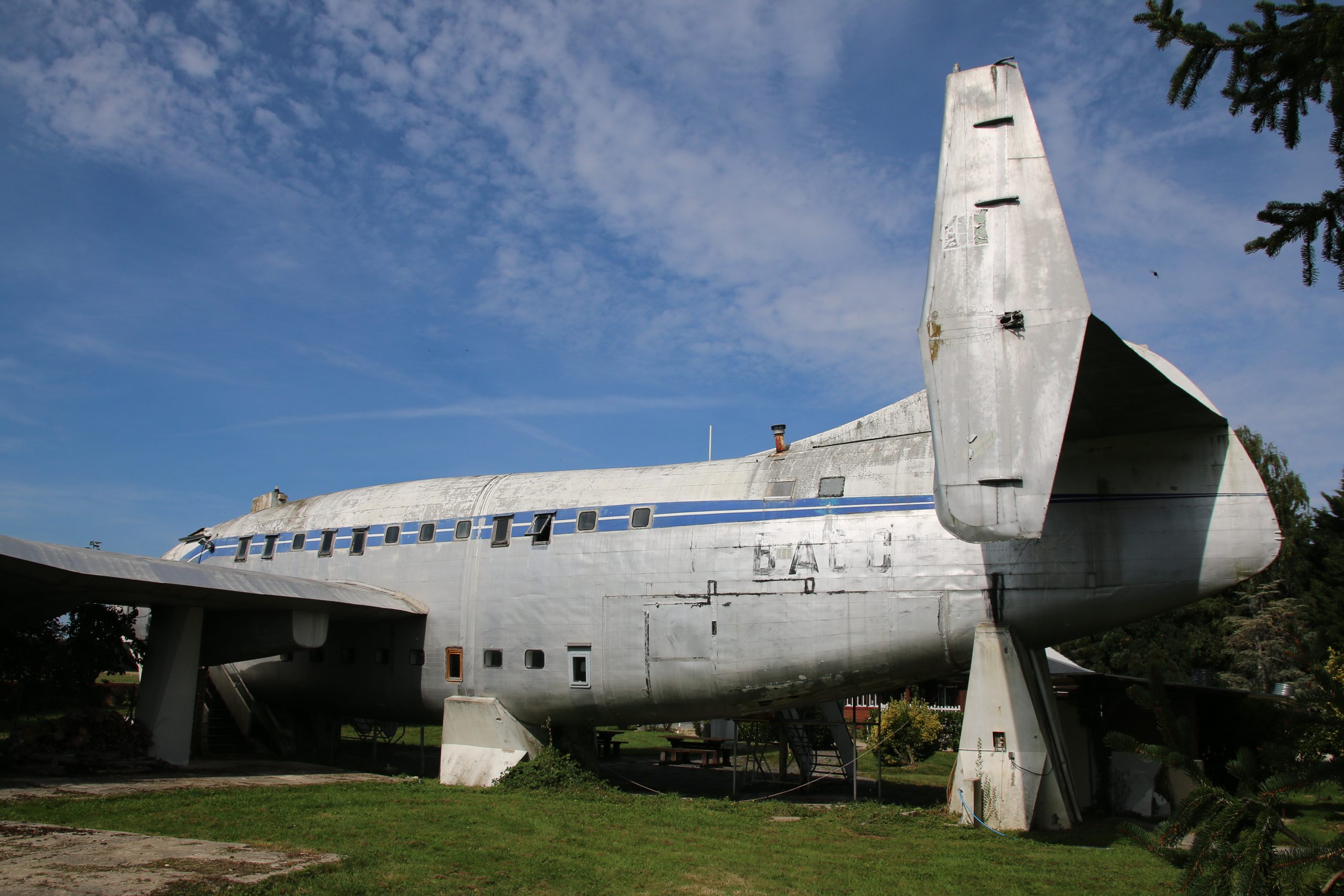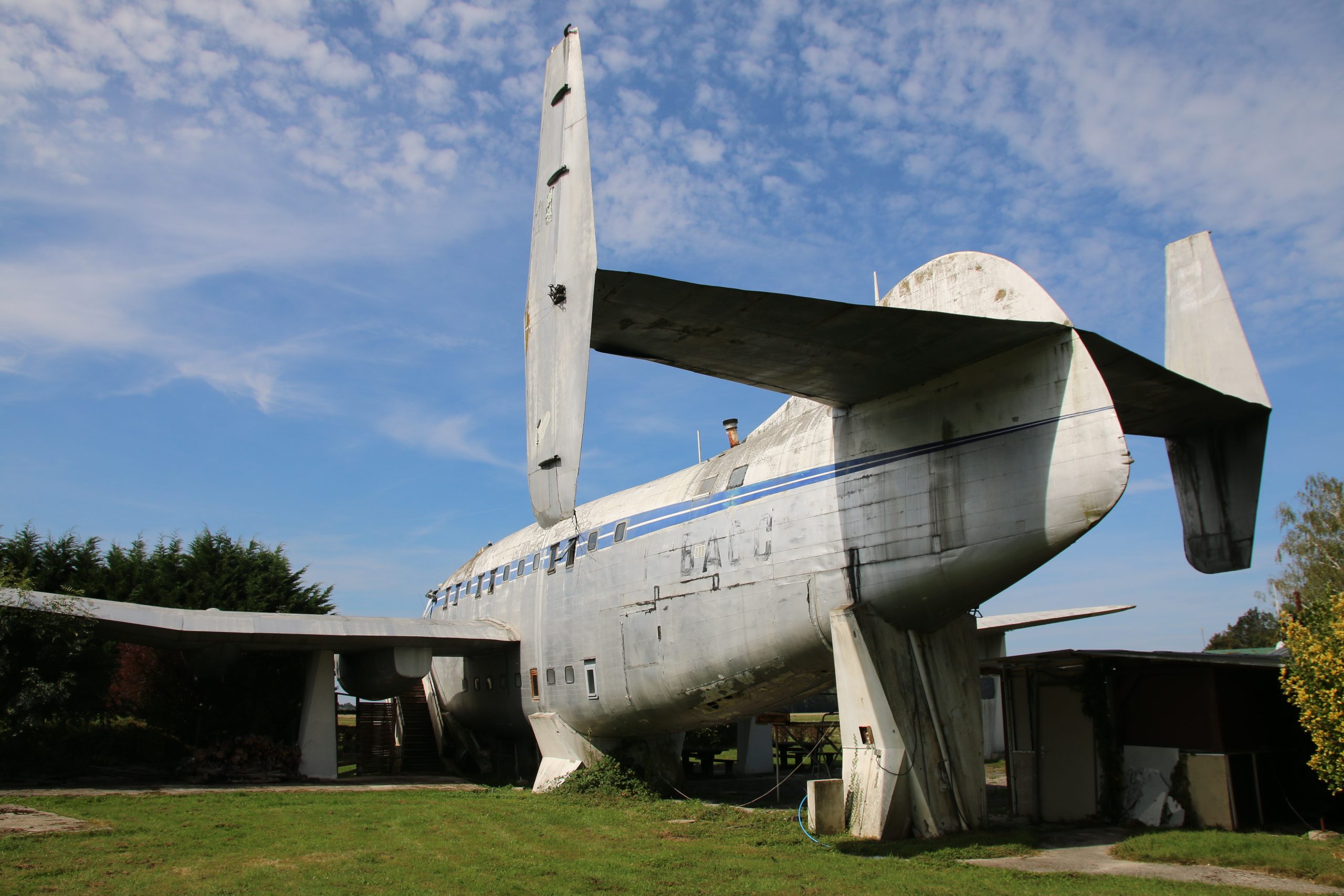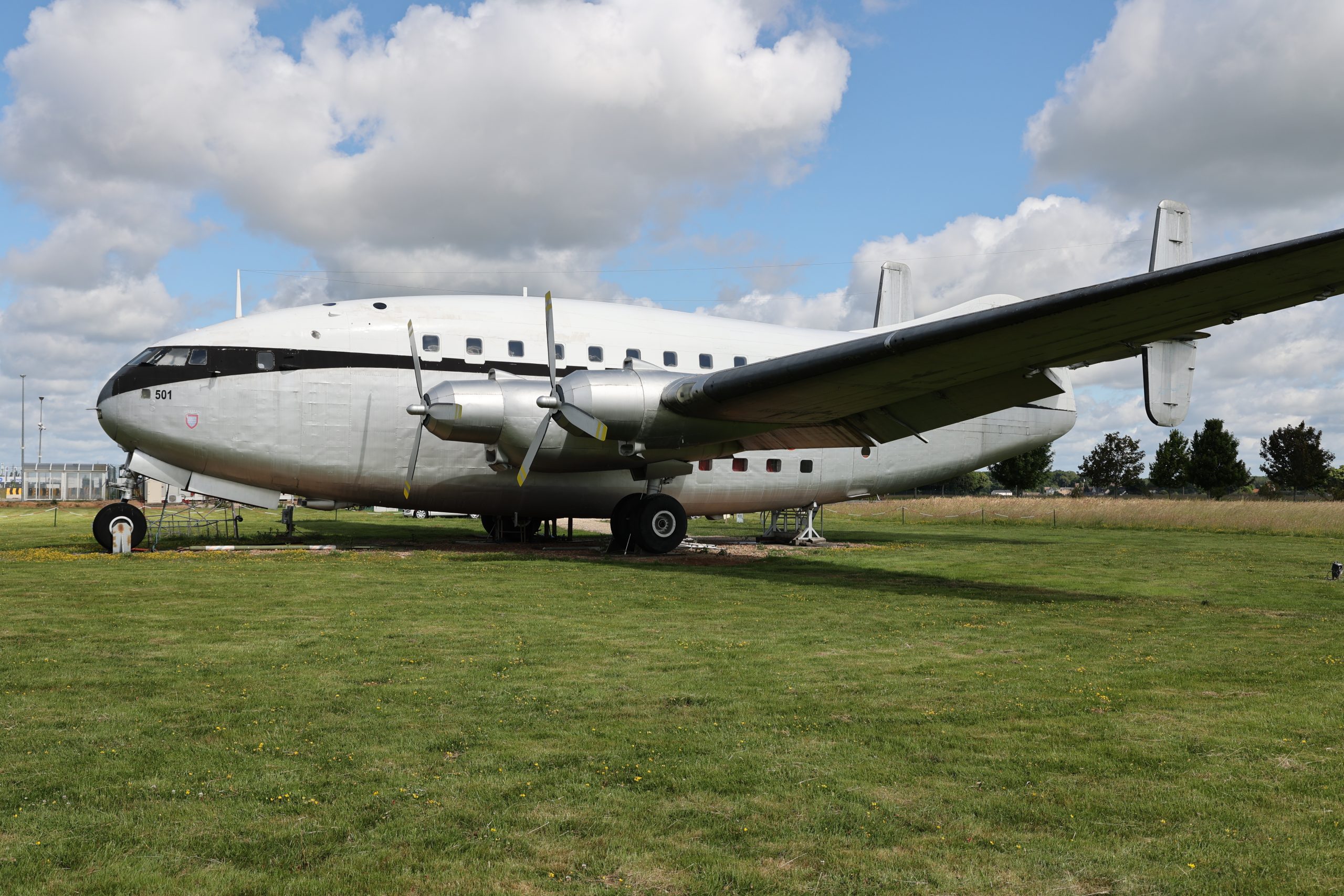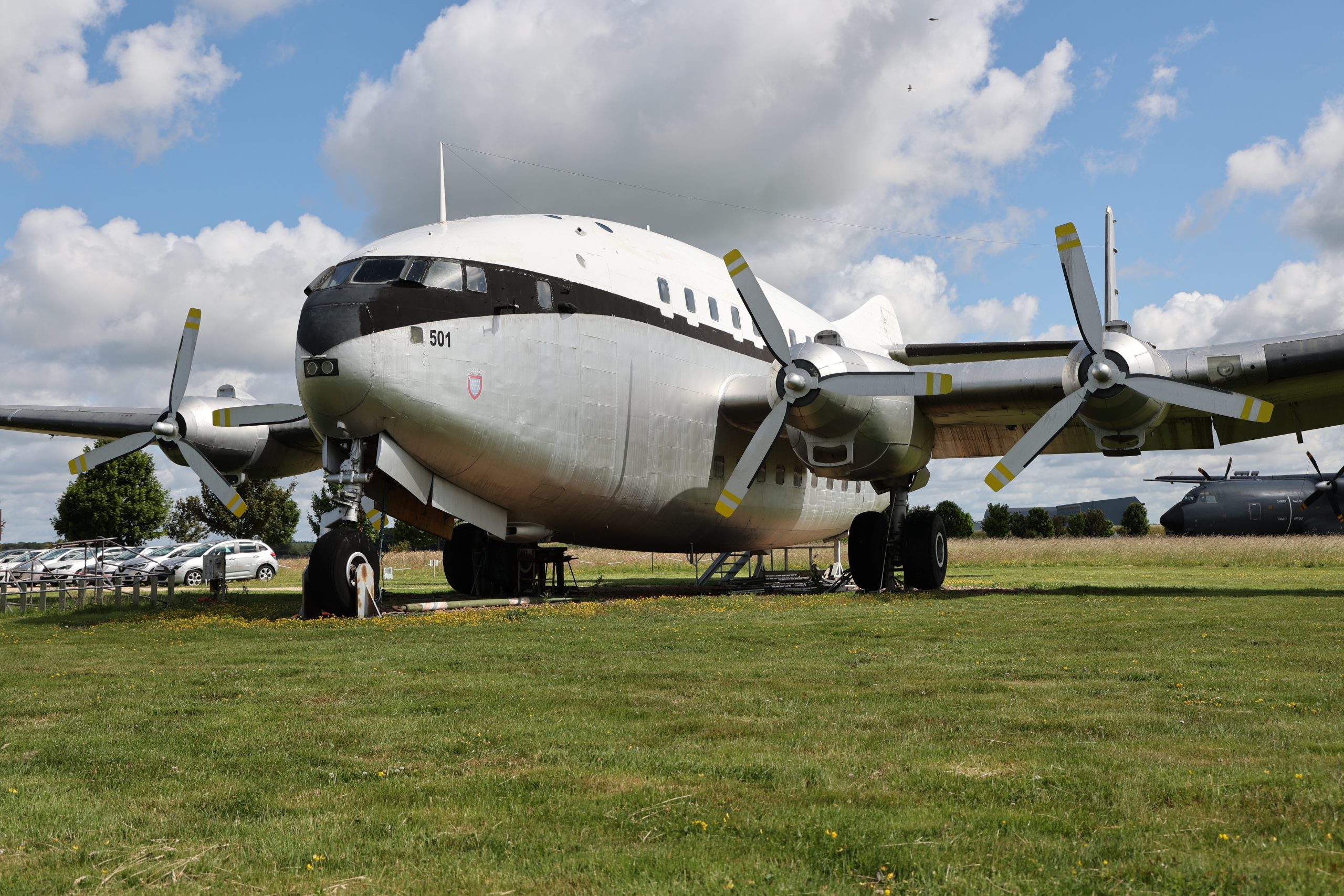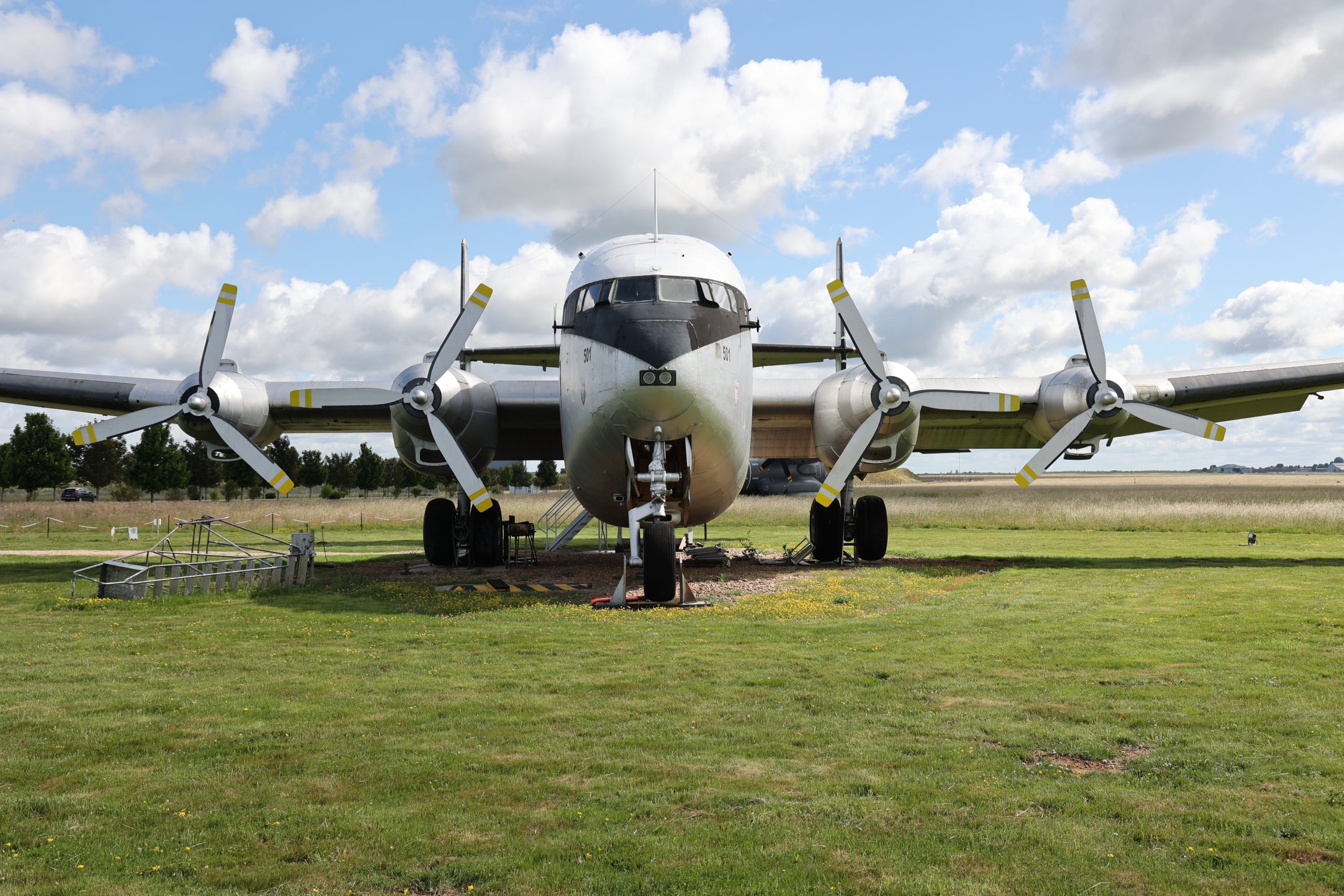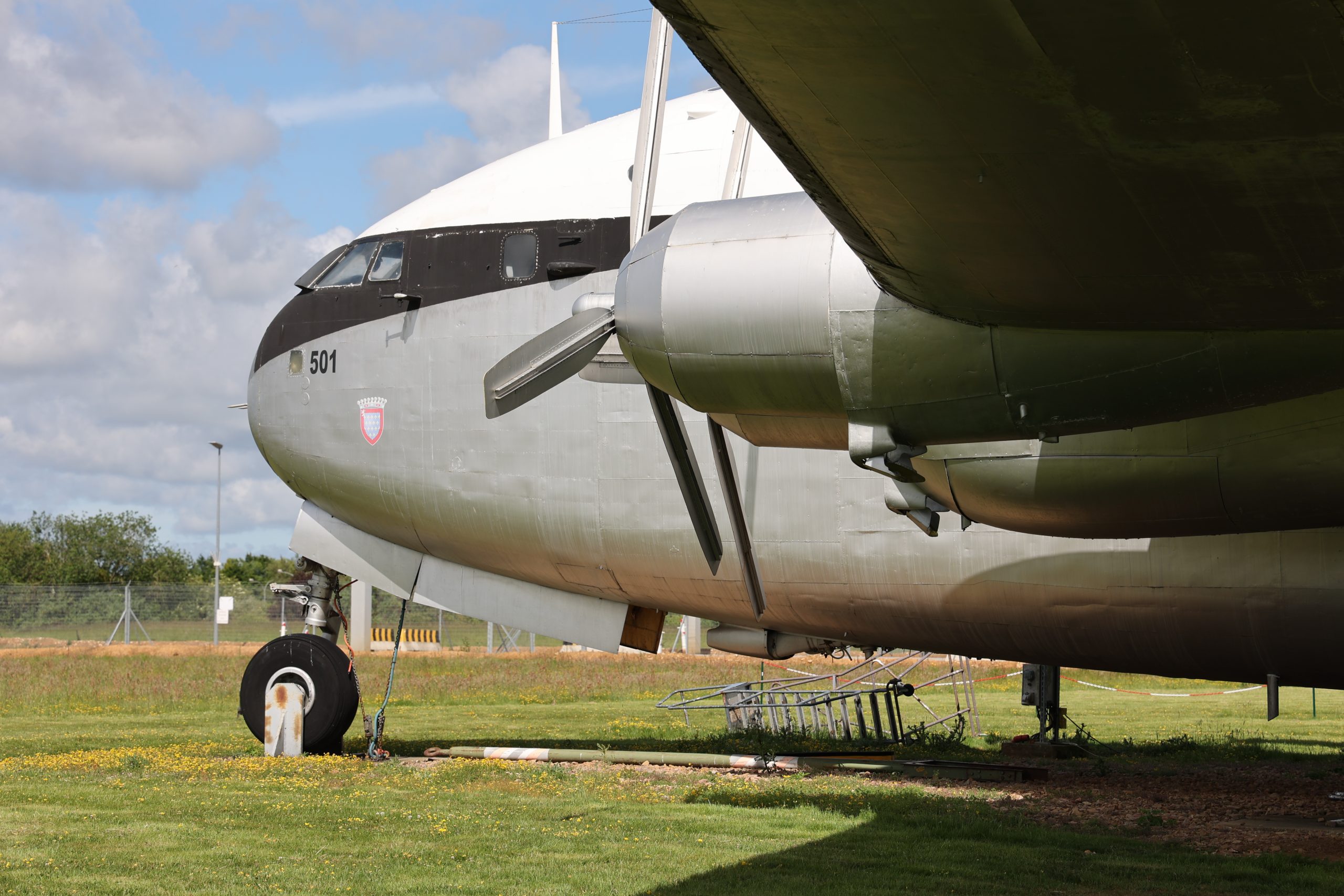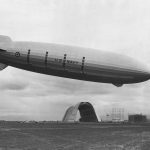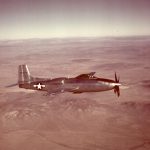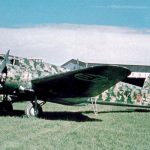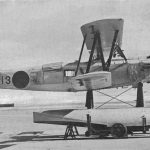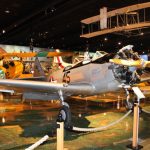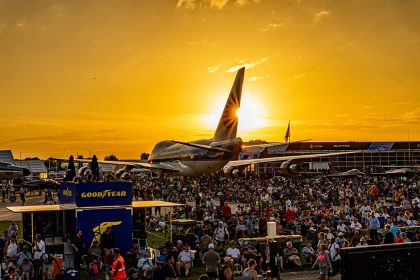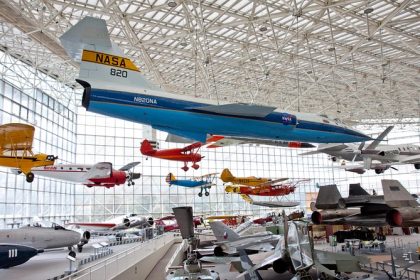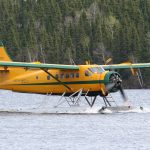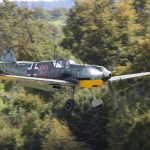
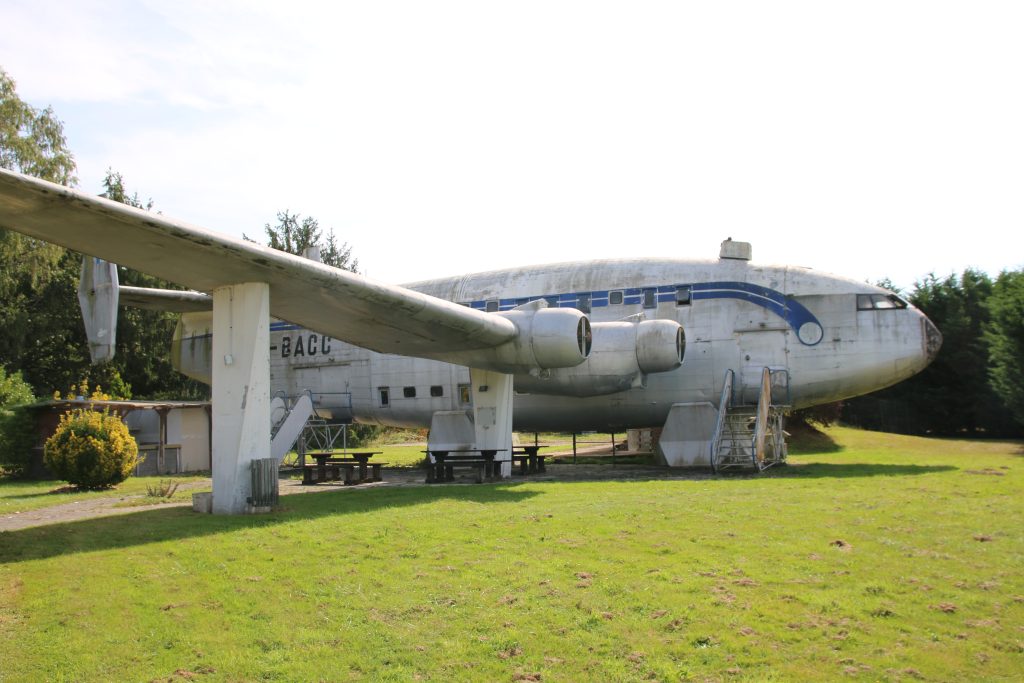
The story of the Breguet Deux-Ponts begins even before WWII, when Breguet Aviation began design work on the concept for a large four engine transport with two decks for passengers called the Breguet 760, which was based on the wings and tail assembly of the Breguet 730 flying boat. However, with the outbreak of WWII and the surrender of France in June 1940, development of the Breguet 760 was halted. Yet even before the war was entirely over, Breguet brought up their prewar plans and modified them to be compliant with advances in aviation under the designation Breguet 761. It was to be a medium-range airliner that could comfortably seat over 100 passengers on two decks inside the fuselage. In 1946, the preliminary design met with approval from Minister of the Air Charles Tillon, and in March 1947, even before the first flight was made, Breguet was given an order to build 15 examples.
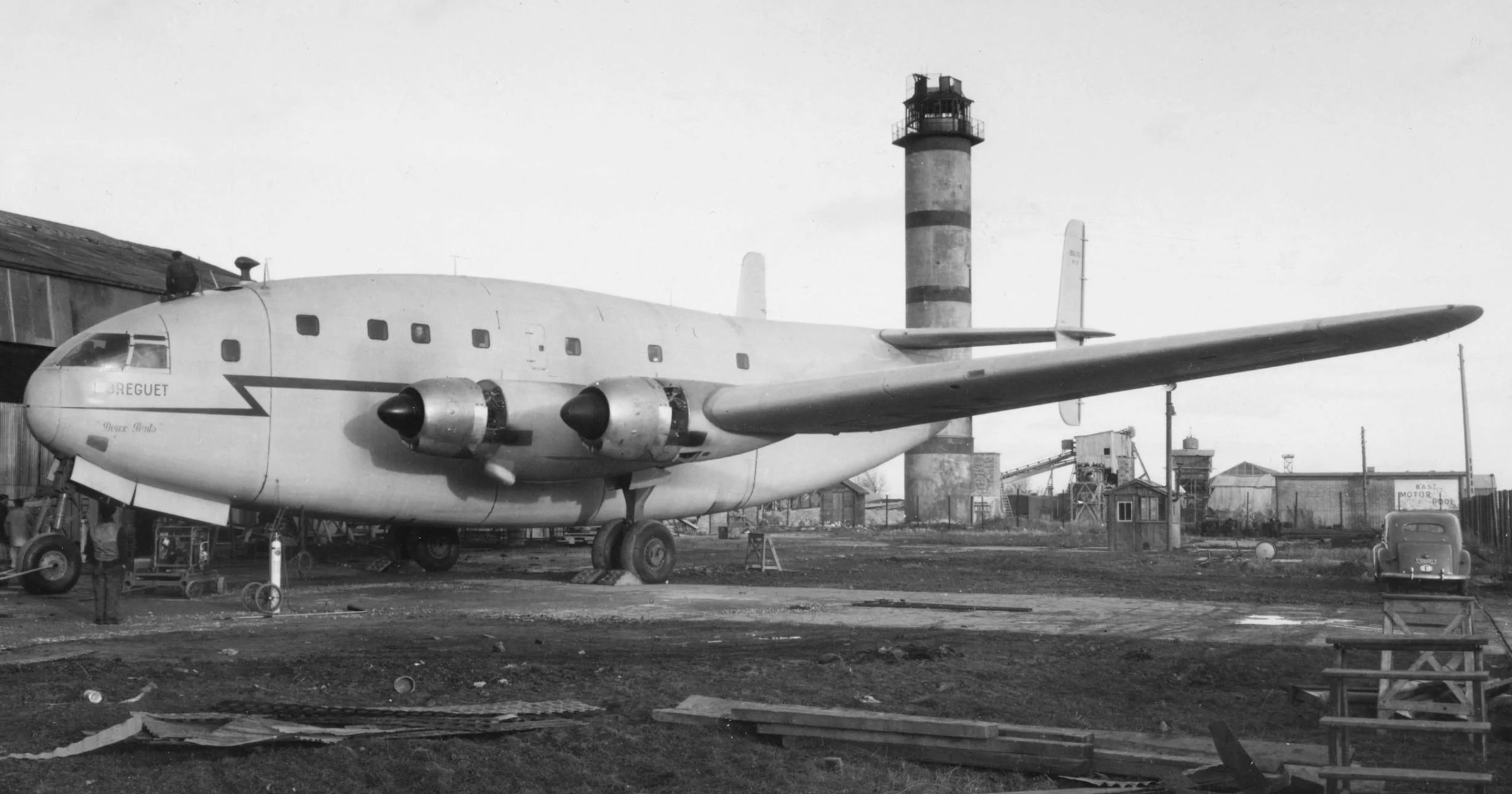
Production of the first prototype, Breguet 761 F-WFAM, commenced at Villacoublay, and by the end of 1948, F-WFAM was complete and ready to begin flight testing with four SNECMA 14R-24 radial engines (which was a development of the prewar Gnome-Rhône 14N radial engine), each producing 1,600 hp. After several taxi tests, the Breguet 761 prototype took the skies for the first time on February 15, 1949, with test pilot Yves Brunaud at the controls, escorted by a Nord NC.701 Martinet. The aircraft took off from Villacoublay and landed 45 minutes later at the Flight Test Centre in Brétigny-sur-Orge for further evaluation. There, the dimensions of the two vertical stabilizers were increased, and a third, rudderless stabilizer was added to the tail to counteract yaw instability.
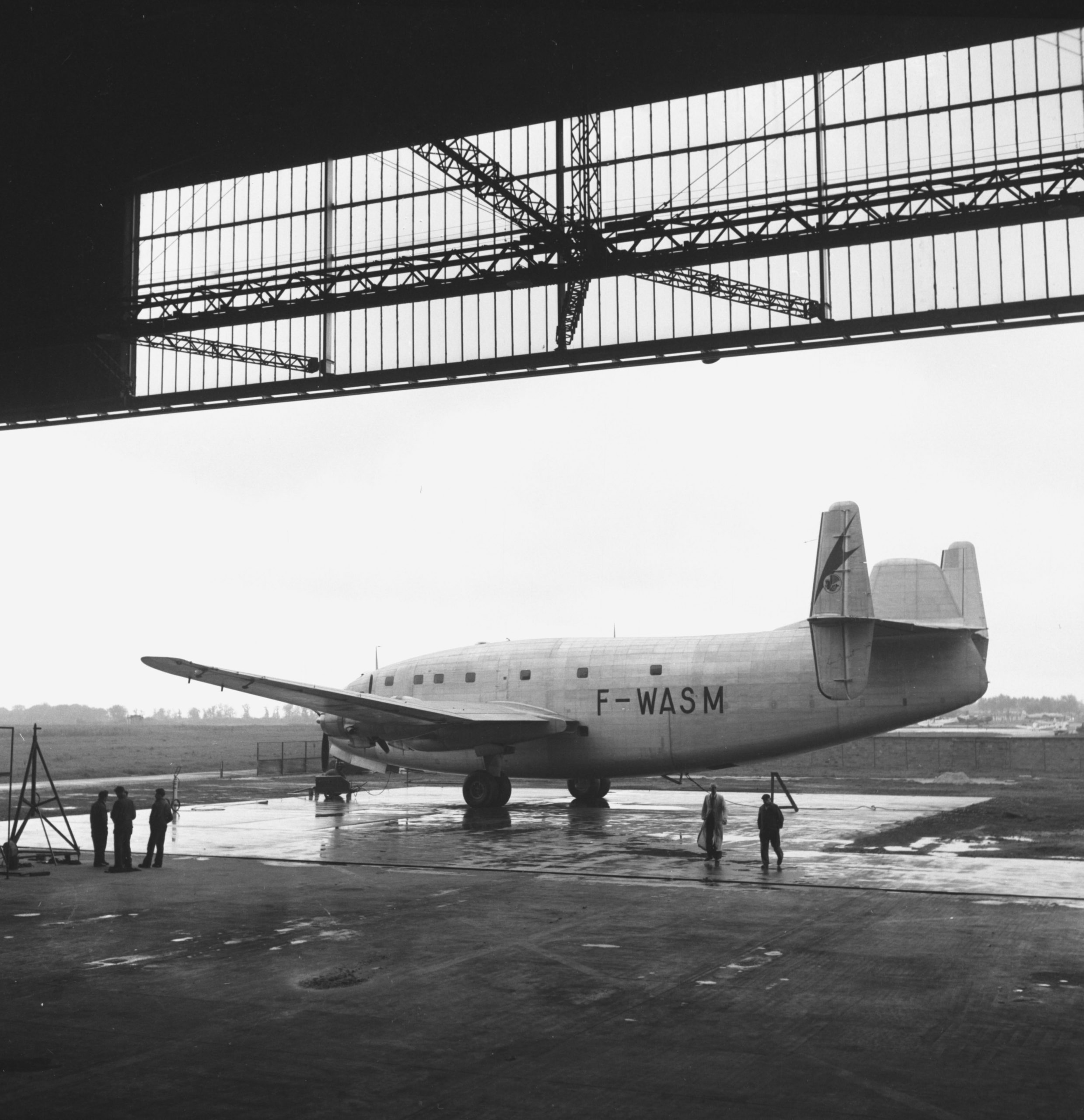
During the flight evaluation, it was found that the SNECMA 14R engines did not provide enough power, and so the production variant of the Br 761, the Br 761S (S for ‘Série’, or ‘production’) was powered by the more powerful and reliable Pratt & Whitney R-2800 Double Wasp radial engine. Three of these were built, and these led to the production of the Br 763 Provence, a civil transport for Air France that could carry a total of 107 passengers (with 59 seats on the upper deck and either 48 seats on the lower deck or up to 11,200 lbs. (5,100 kg) of freight. The high cost of the design compared to the mass-produced American-manufactured contemporaries such as the Lockheed Constellation, however, led to only 12 Br 763 Provences being produced, with the last of these being delivered in June 1954.

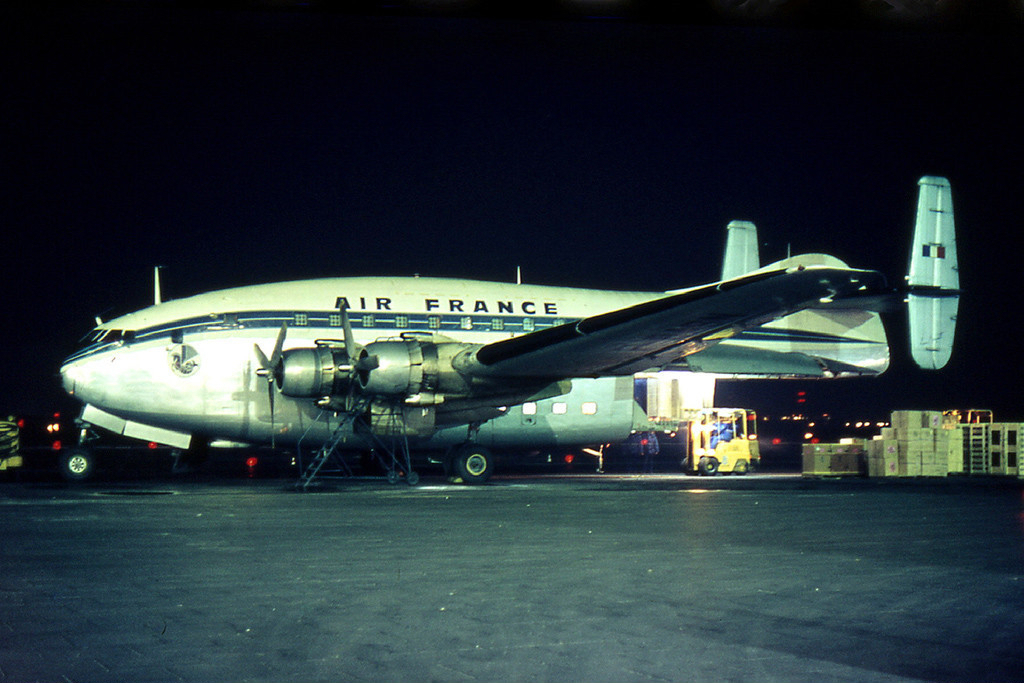
The first operational trials of the aircraft in 1952 were flown by Air Algérie. (Air Algérie was a subsidiary of Air France, as Algeria itself was still a French colony, and Air Algérie aircraft flew with French civil registrations.) A single Br 761S, F-BASL (formerly F-WASL), was also leased from June to September 1953 to the British firm Silver City Airways, where it was used to fly cargo from Hamburg, West Germany into Berlin-Tempelhof Airport in West Berlin. This was due to the Soviets trying to place limits on shipments of heavy machinery to West Berlin. In that time, the Deux-Ponts made a total of 127 round trips to carry 4,000,000 pounds (1,800 tons) of freight with up to three round trips being made in a day, each leg taking 52 minutes flight time. At the end of its lease, Silver City Airways returned F-BASL to France, where it was later flown as a cargo transport for the Armée de l’Air (French Air Force).
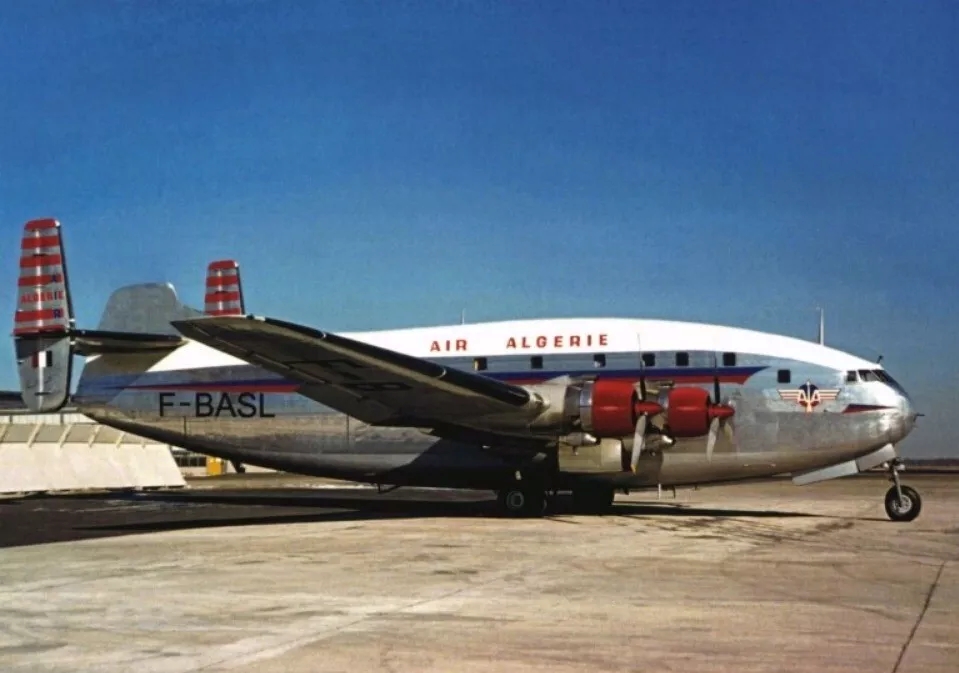
France’s national carrier, Air France, was initially reluctant to take delivery of the large and slow Breguet Deux-Ponts but acquiesced to the French government’s insistence on adopting the aircraft in exchange for a subsidy for the number of kilometers flown. With this subsidy secured, Air France used their Br 763s on routes from Paris to Lyon, Marseille, Corsica, and Algeris, Algeria, with some routes taking it to London and Amsterdam. Their ability to fly over 100 passengers made it one of the largest French airliners of the 1950s and 1960s, and it served as a valuable tool in Air France’s freight-carrying capabilities. However, it was also during the Deux-Pont’s tenure that Air France accepted France’s first domestically produced jetliner into service, the Sud-Aviation Caravelle. Though the Caravelle lacked the carrying capacity of the Breguet Deux-Ponts, it could fly faster, further, and higher than the Deux-Ponts.
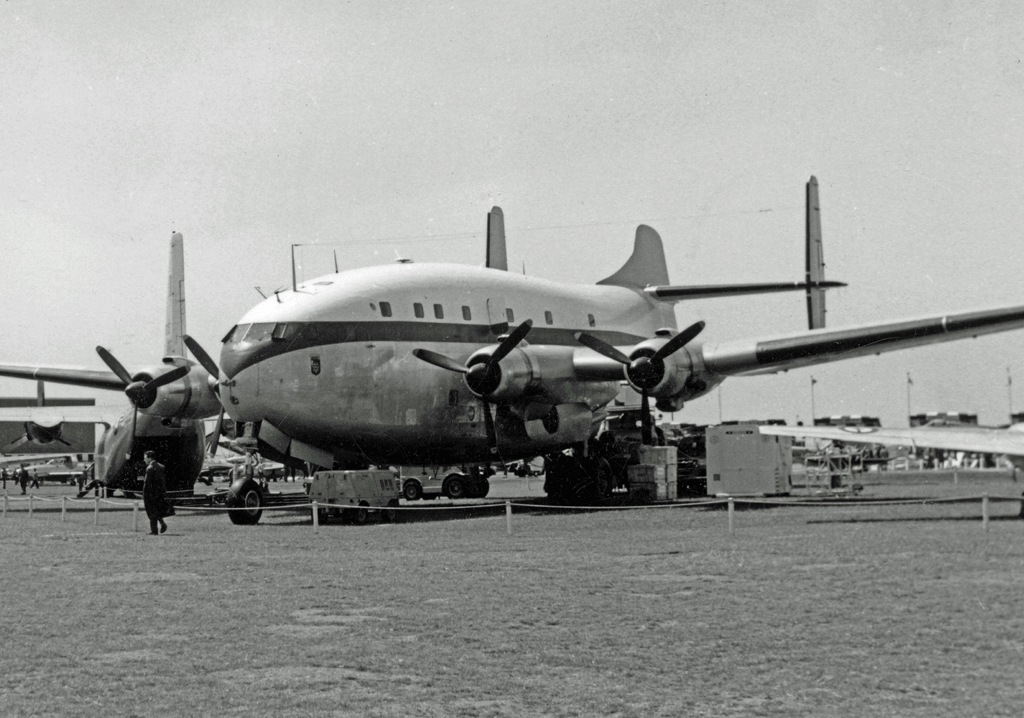
In addition to the variants that were built, there were several proposed variants of the Breguet Deux-Ponts that were never built, such as the Br 762, which was to have been powered by Bristol Hercules radial engines, the Br 764 maritime patrol bomber that was abandoned in favor of the less expensive Lockheed Neptune, and some turbojet and turboprop-powered versions that all never saw the light of day.
Seeing the writing on the wall, Air France attempted to sell its used Deux-Pont airliners to potential customers in Europe but found no success. Air France would find better luck with the French Air Force, which would accept six out of the twelve Br 763s, which had a nearly spotless record with no deaths or serious injuries being associated with any incident involving the Br 763 Provence. The final flight of an Air France Breguet Br 763 Deux-Ponts was made on March 31, 1971, from London-Heathrow Airport to Paris-Orly Airport.
Besides the converted Br 763s, the Armée de l’Air (ALA) accepted the delivery of four purpose-built military transports of the Breguet Deux-Ponts, the Br 765 Sahara, which was first flown in 1958. In the French Air Force, the Breguet Deux-Ponts was used to support operations in Greenland and French Polynesia, where their payload capacity was used to fly large numbers off French military personnel and equipment ranging from armored vehicles to helicopters. One of the trademark features of the Br 765 Sahara were the external fuel tanks mounted to the wingtips to give it greater range.
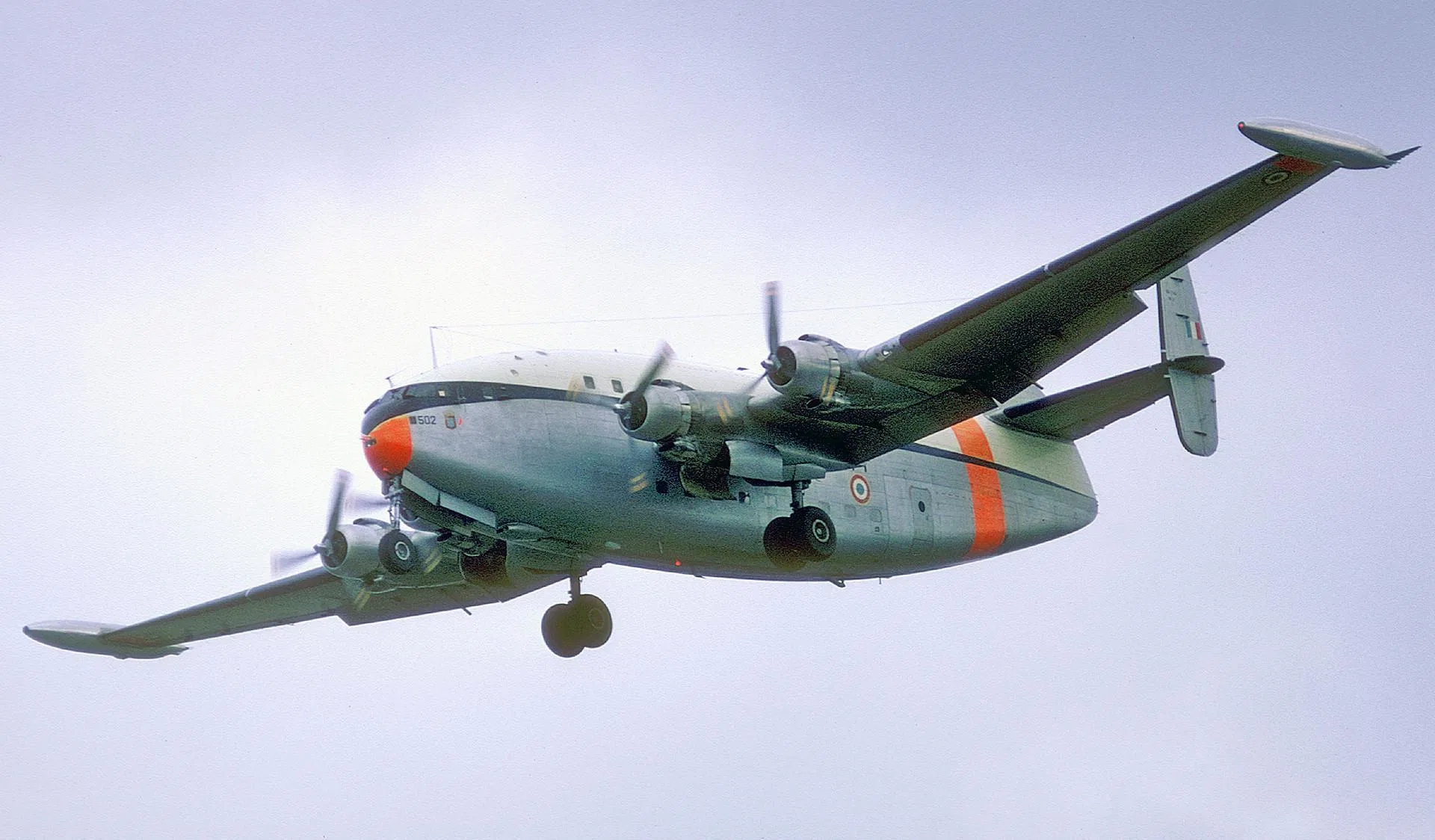
The Deux-Ponts also saw use during the French nuclear weapons tests at Mururoa Atoll, while based out of Tahiti. Like their civilian service, the Armée de l’Air never had any deaths associated with the Deux-Ponts, and the aircraft remained in service until the acceptance of new turboprop transports such as the Transall C-160, which was developed between France and West Germany. On April 4, 1972, Br 763 82-PR (F-RBPR; former Air France identity F-BASY) became the last ‘Deux-Ponts’ to fly with the ALA, before it was later scrapped in Tahiti.
Of the twenty examples of the Deux-Ponts family that were built, only three survive today, and they are all in France. Of these, one is a Breguet 763 Provence, and the other two are Breguet 765s. The sole remaining Breguet Provence was built as construction number 306, it was flown by Air France from 1953 to 1964, when it was retired from civil use and transferred to the French Air Force as 82-PP/F-RBPP with Groupe Aérien Mixte 82 (GAM 82) at Tahiti. Flown back to France and decommissioned in 1967, the huge aircraft was disassembled by Jean-Claude Savigny, a founder of the Cheminots flying club in Guyancourt, and transported for reassembly and display at Fontenay-Trésigny Airport, near the commune of Fontenay-Trésigny in the French department of Seine-et-Marne, some 51 kilometers southeast of Paris.
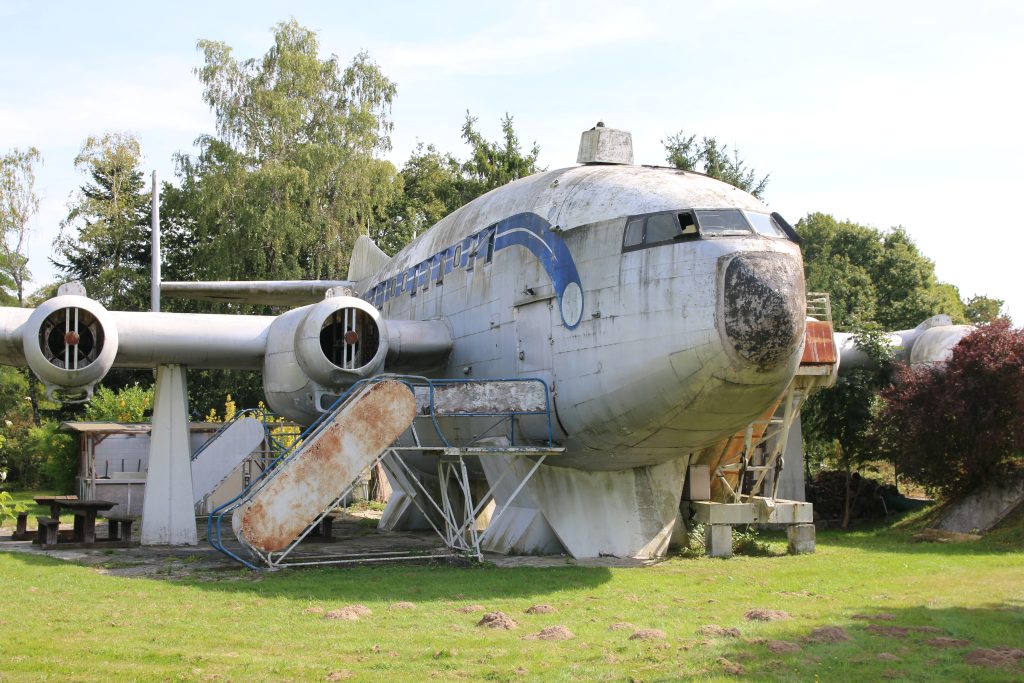
Later, the Aéroclub de Chaubuisson (ACC) was established at Fontenay-Trésigny Airport, and F-BASS has the registration code F-BACC, which it never wore in service, applied to its fuselage. From 1984 until 2011, a restaurant used the old plane’s cabin as a dining room, but in the years since the restaurant has closed, F-BASS has remained exposed to the elements, but it not likely to go anywhere soon.
Another surviving example, Breguet 765 Sahara c/n 501, served in the French Air Force as 64-PE, and following its retirement, it has been on outdoor display as a gate guardian at Évreux-Fauville Air Base in the Eure region of Normandy. Occasionally, personnel assigned to the perform restoration work on the aircraft to maintain its appearance.
Lastly, Breguet 765 Sahara c/n 504, which flew in the French Air Force under the code 64-PH, is owned by the Ailes Anciennes Toulouse (Old Wings Toulouse), one of the larger chapters of the French Federation of Ancient Wings. Since its acquisition by the foundation, it has been undergoing a long-term restoration to static display, and the volunteers set up events to allow museum guests to step inside and look at the Deux-Pont’s cockpit.
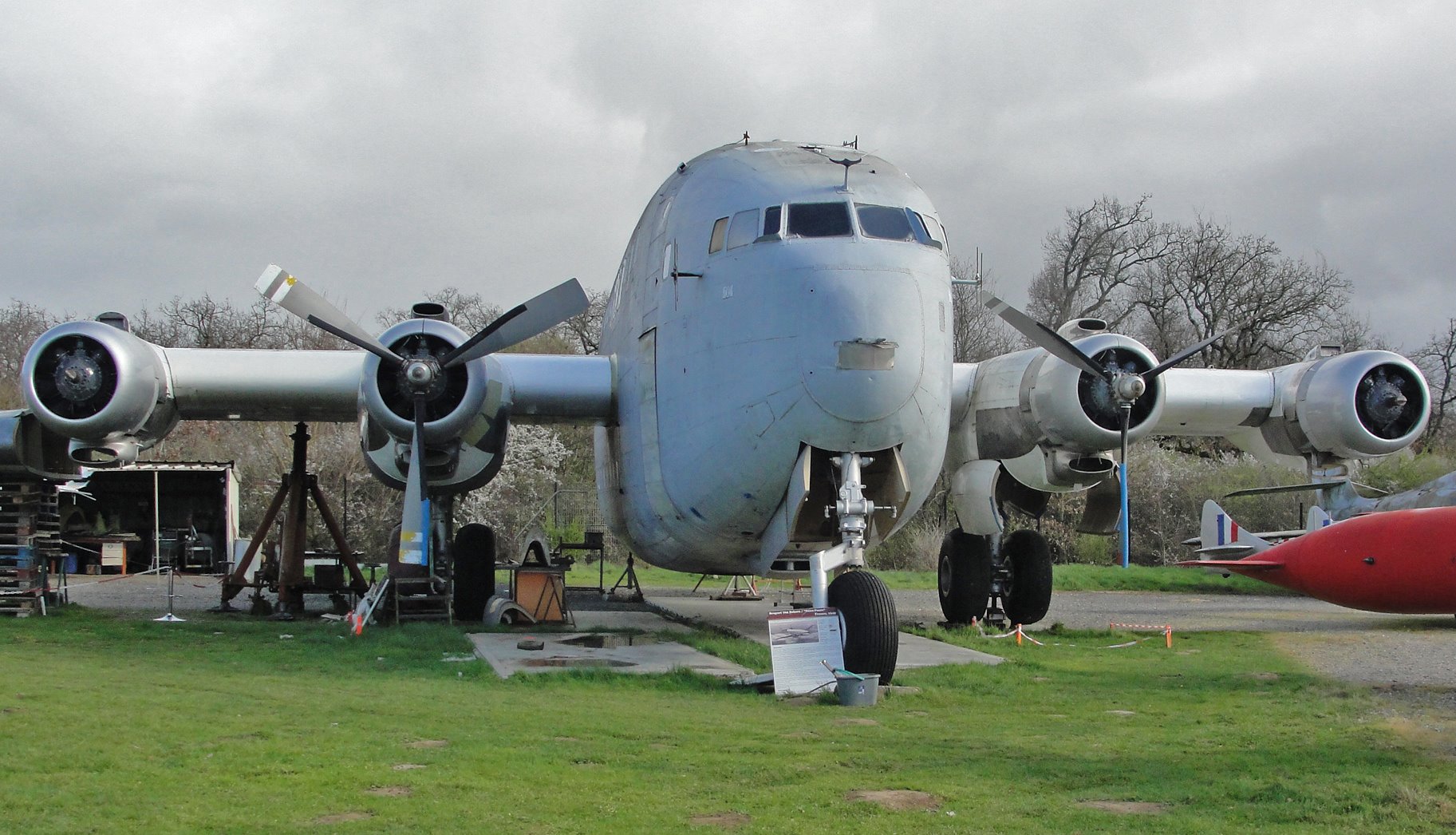
While the Breguet Deux-Pont may have had only a small production run, and it may not have been a very ‘flashy’ plane, it had an outsized impact on French air logistics for twenty years. It also remains the last four engine heavy transport built entirely by a French firm and had a remarkable safety record that any designer would be proud of.
Today in Aviation History is a series highlighting the achievements, innovations, and milestones that have shaped the skies. All the previous anniversaries are available HERE







